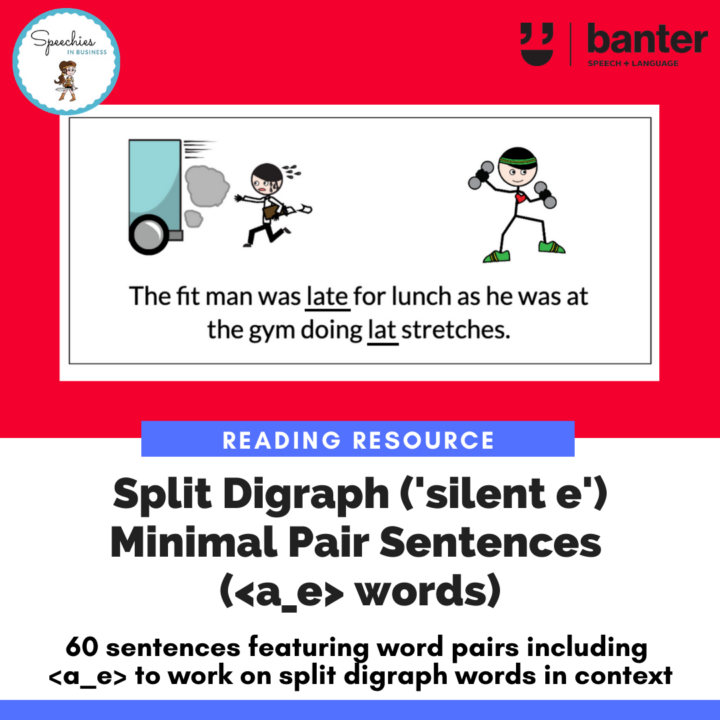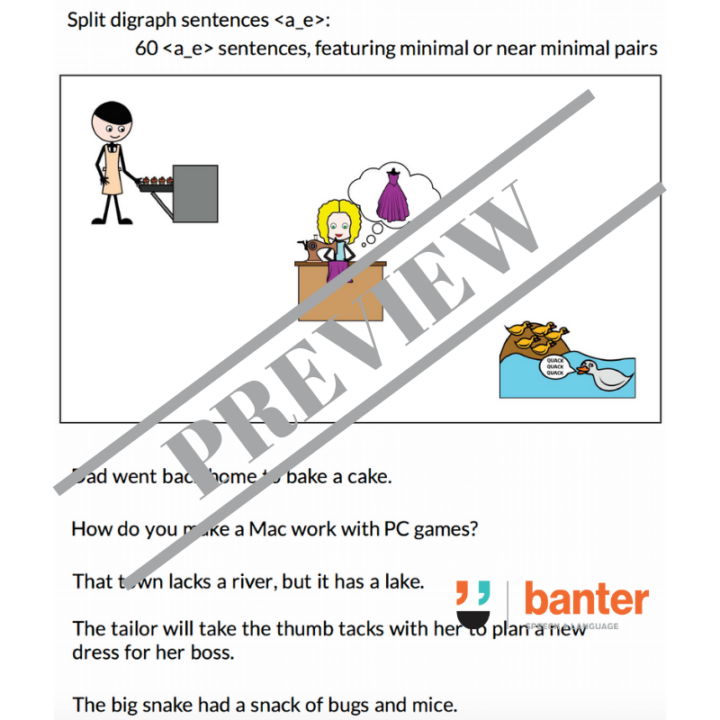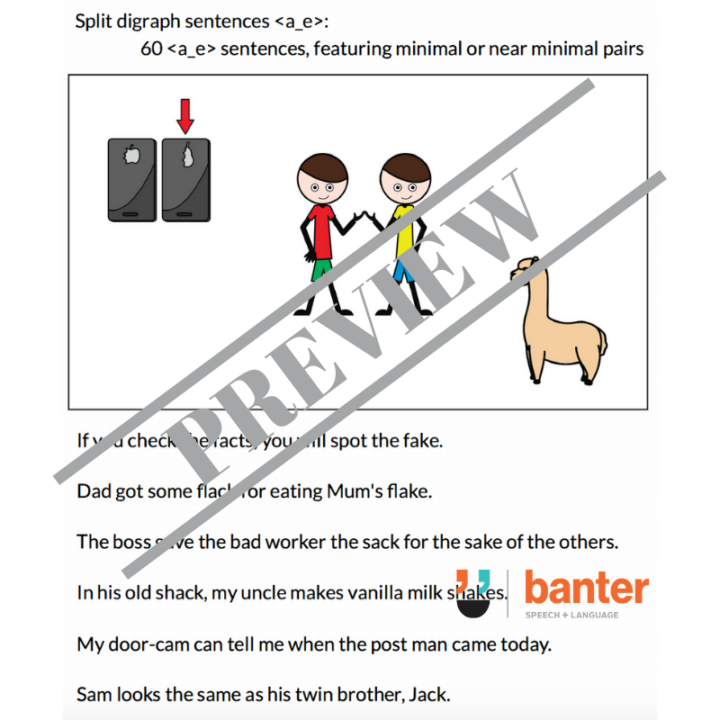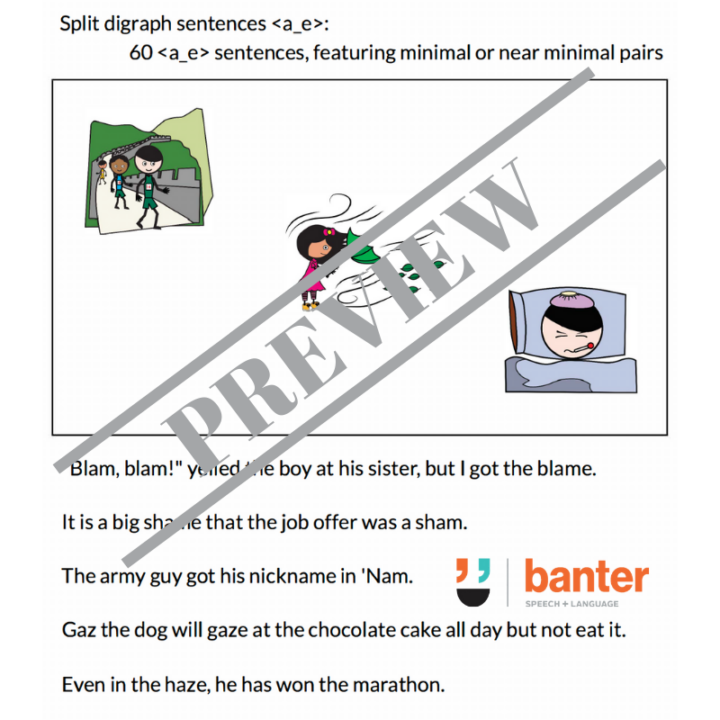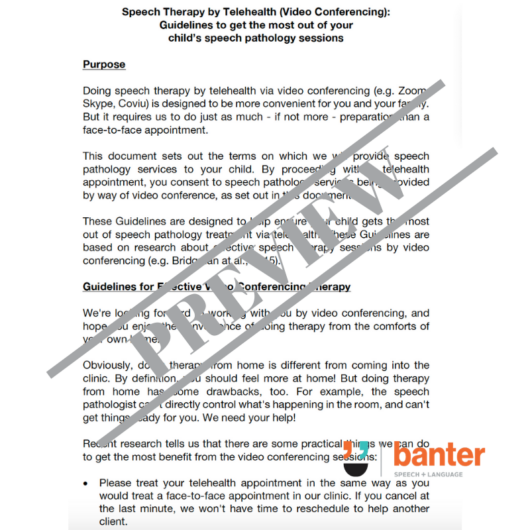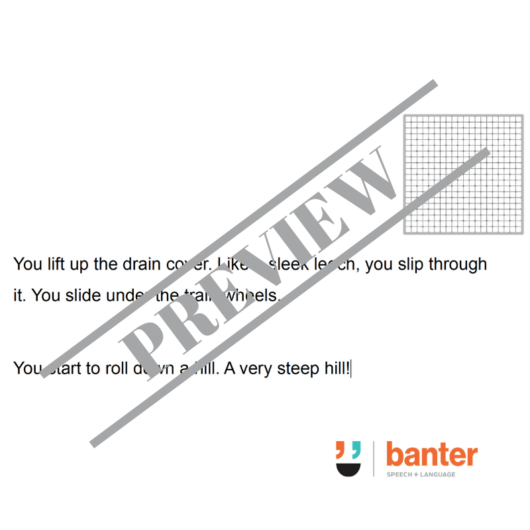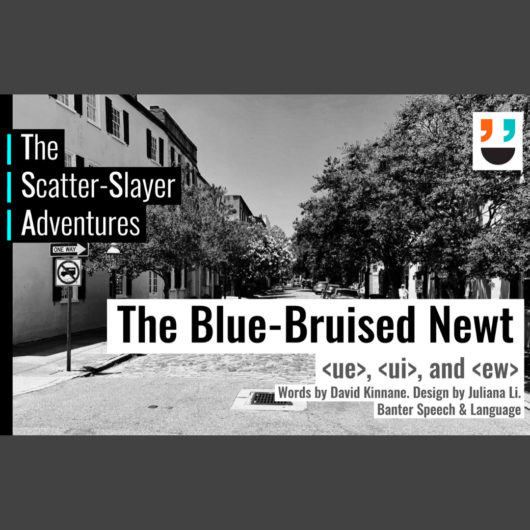Description
What’s the real difference between ‘man’ and ‘mane’, ‘pet’ and ‘Pete’, ‘fin’ and ‘fine’, ‘con’ and ‘cone’, and ‘cut’ and ‘cute’?
Split digraphs – sometimes called the ‘bossy e’ or ‘magic e’ or ‘first use of the silent e’ – are tricky for many kids (and adults) who are learning to read!
Even though many reading teachers are taught to focus on the so-called ‘silent e’, we would all do better by learners to focus on the different vowel speech sounds – the true difference between the words in each pair.
Knowing how to spot the key difference between word pairs like those above can have a quick, big, and positive impact on decoding and reading comprehension. When speech pathologists are working with children who confuse speech sounds, we contrast two similar words to highlight the difference. It’s called the contrast approach therapy (you can read more about it here). To get ‘more bang for our buck’, we might even contrast two sounds the child can’t say to maximise learning – this is called an ’empty set’.
In this sentence resource, we extend the contrast approach to help us to teach the split digraph in sentences. Each sentence contains both members of a word pair (or, in some cases, near word pair). For example: Can the man pat the lion’s mane or will the lion snap at him?
In this way, students are immediately confronted with the two different words of each pair in context.
To improve reading accuracy and speed, repetition is key. For this reason, this pack contains 60 sentences featuring word pairs, including <a_e>.
To minimise confusion, we have weighted the sentences with single syllable words and tried to minimise words requiring students to decode extended code graphemes like <oi>, <ie>, <ee> and <ay>.
Related resources:
